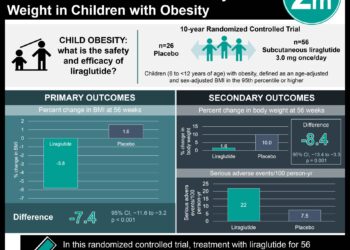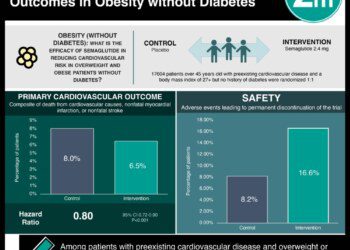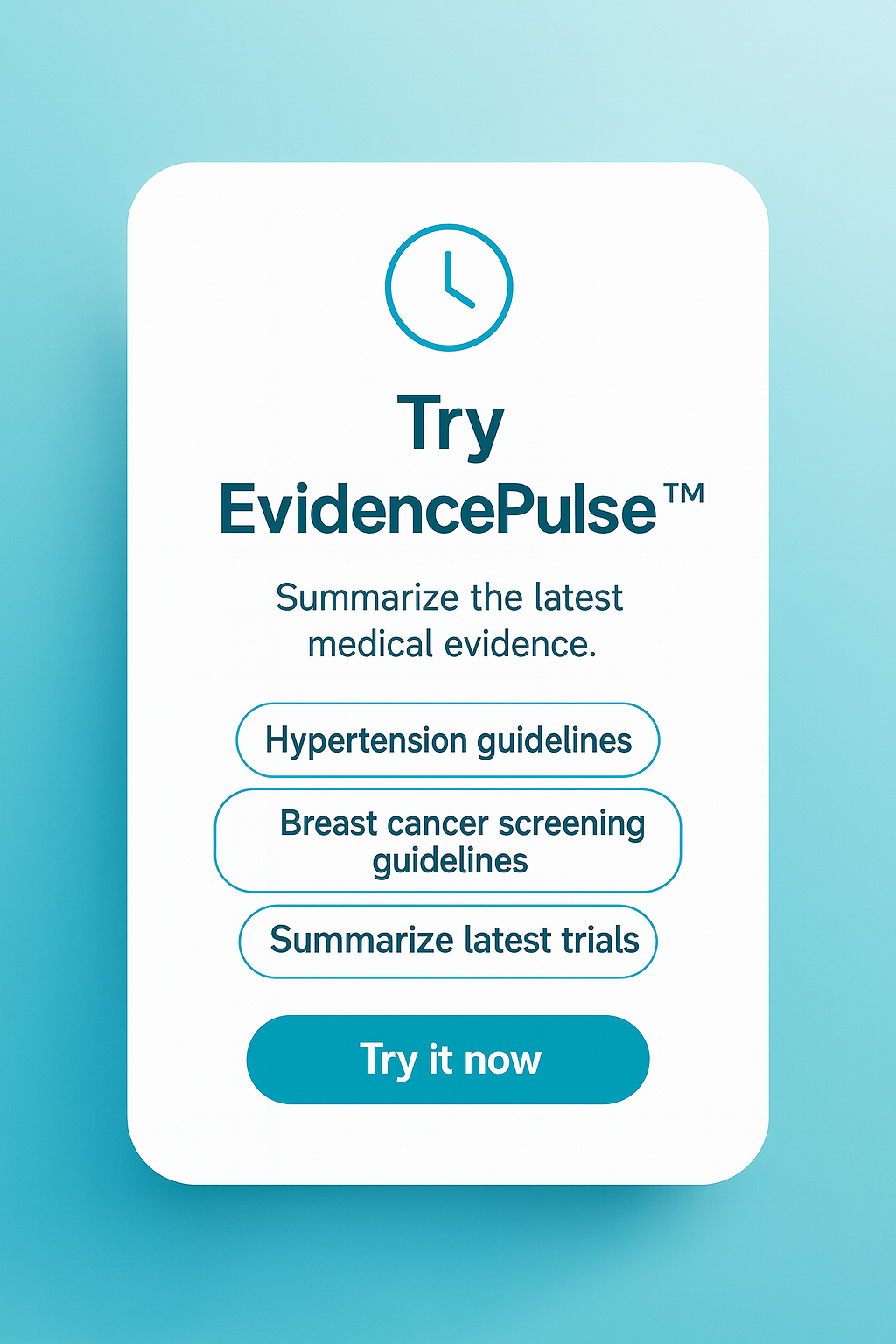Eating in the absence of hunger linked to toddler obesity
1. Boys and older children were shown to consume more total calories as well as total calories from sweet foods after they had reached satiety.
2. Children who consumed more calories and were upset when their desserts were taken away at 27 months were more likely to have higher BMIs at 33 months of age
Evidence Rating Level: 2 (Good)
Study Rundown: Previous research has found that eating in the absence of hunger (EAH) is associated with decreased responsiveness to satiety and therefore an increased risk of obesity. However, it remains unclear how EAH affects children of different ages or if specific foods carry greater risks. Authors of the current study aimed to investigate factors that may be predictive of EAH such as family characteristics, affect toward food, age, and types of food. The presence of EAH was confirmed in children under age 3 and it was positively associated with obesity. EAH was seen more commonly in boys and found to be associated with sweet more so than salty foods. The increased consumption of sweet foods and a negative reaction to the food being taken away when the child was 27 months were both predictive of an increased BMI later in the study, when the child reached 33 months. Family characteristics did not contribute to EAH. These findings may be limited as eating situations were not entirely realistic, researchers modeled eating sweet foods for the children, and the results may lack generalizability outside of this specific population. Nonetheless, providers should be mindful of diets in this age group and continue to encourage limiting dessert foods.
Click to read the study, published today in Pediatrics
Relevant Reading: Adiposity and ‘eating in the absence of hunger’ in children
Study Author, Dr. Julie Lumeng, MD, talks to 2 Minute Medicine: Center for Human Growth and Development, University of Michigan.
“In this study, we found that as young as age 21 months, there are differences in how interested children are in eating dessert. Many people believe that those sorts of differences could be a result of differences in the home environment, but we actually did not find links between characteristics of the home environment or parenting and how much of an appetite these children had for dessert. There have been some prior studies showing that these sorts of behaviors may be rooted in genetics. Whatever the cause of these individual differences in interest in dessert in these young children, the children who were more interested in dessert ultimately gained more weight. The take home message for parents and providers is that, just as children are born with a spirited or more shy temperament, children are also probably born with different drives to eat sweets. A parent is then faced with adjusting parenting or the home environment to respond to those individual differences. In a nutshell, some children may need much more careful monitoring of their access to desserts than others. There is of course no one size fits all approach to parenting, and this is probably another example of how parents and providers need to understand ‘what the child brings to the table’, so to speak, in shaping their responses.”
In-Depth [prospective cohort]: A total of 209 children (51.2% boys, 51.2% Caucasian) were included for analysis in this study. Data was collected from participants at 21, 27, and 33 months of age. At each data collection period, the children were presented with a plate of sweet and salty treats after they had consumed a full meal. EAH was equivalent to the number of kilocalories each child consumed from the plate. Positive and negative affect responses to the food were recorded when the food was presented and taken away. Mothers completed questionnaires pertaining to symptoms of depression, chaos in the family, and food insecurity. Linear regression analysis was utilized to investigate potential associations with EAH and BMI at 33 months. The amount of total kilocalories consumed increased with age as well as kilocalories from sweet food (p < .001 for both). Children displayed an increasingly positive reaction to the food presentation with age (p = .004). Male gender and older age were associated with increased total consumption as well as with sweet food consumption. Total kilocalories (p < .05), kilocalories from sweet foods (p < .01), and a negative response to food removal (p < .01) at 27 months were all associated with increased BMI at 33 months.
Image: PD
©2015 2 Minute Medicine, Inc. All rights reserved. No works may be reproduced without expressed written consent from 2 Minute Medicine, Inc. Inquire about licensing here. No article should be construed as medical advice and is not intended as such by the authors or by 2 Minute Medicine, Inc.





![Adverse pregnancy outcomes associated with thrombophilias [Classics Series]](https://www.2minutemedicine.com/wp-content/uploads/2015/07/Classics-2-Minute-Medicine-e1436017941513-75x75.png)



